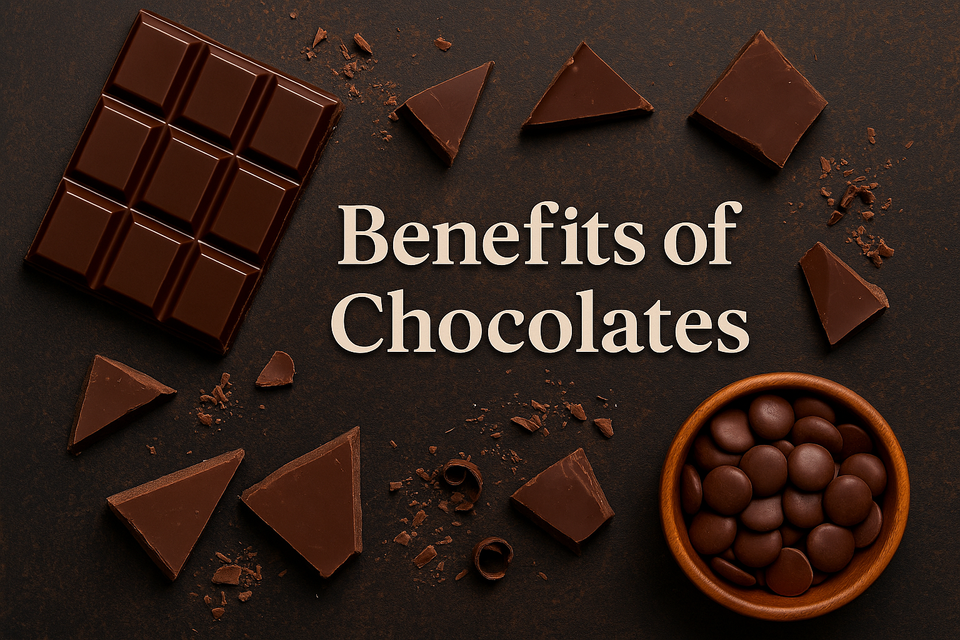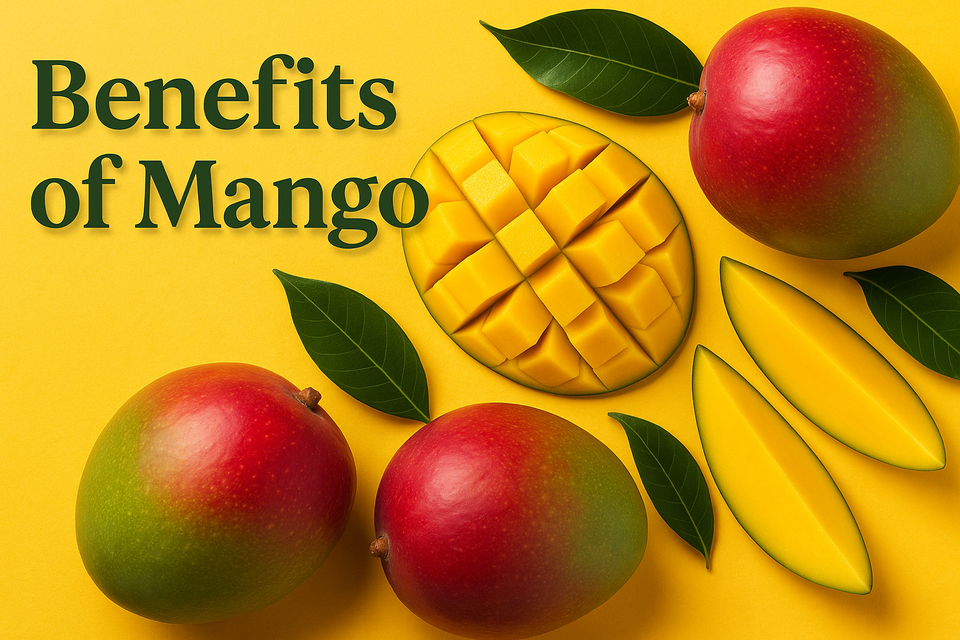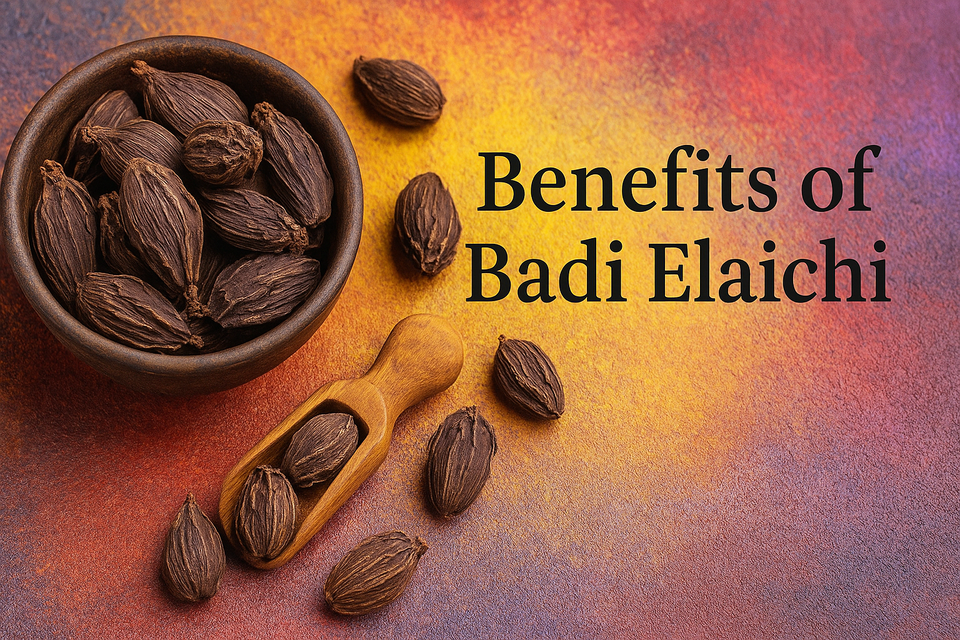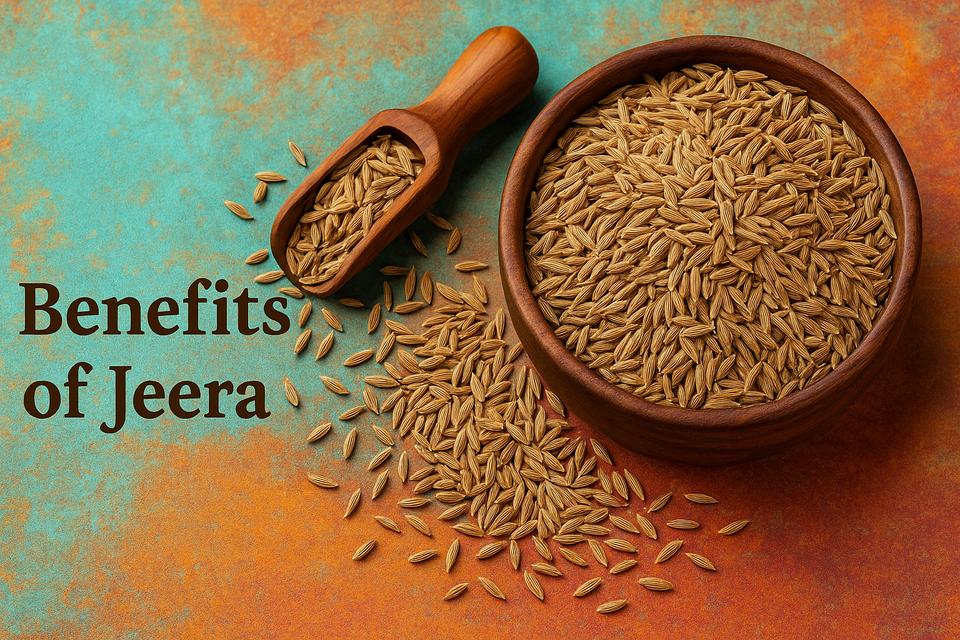Types of Chocolate 🍫 | A Complete Guide for Chocoholics
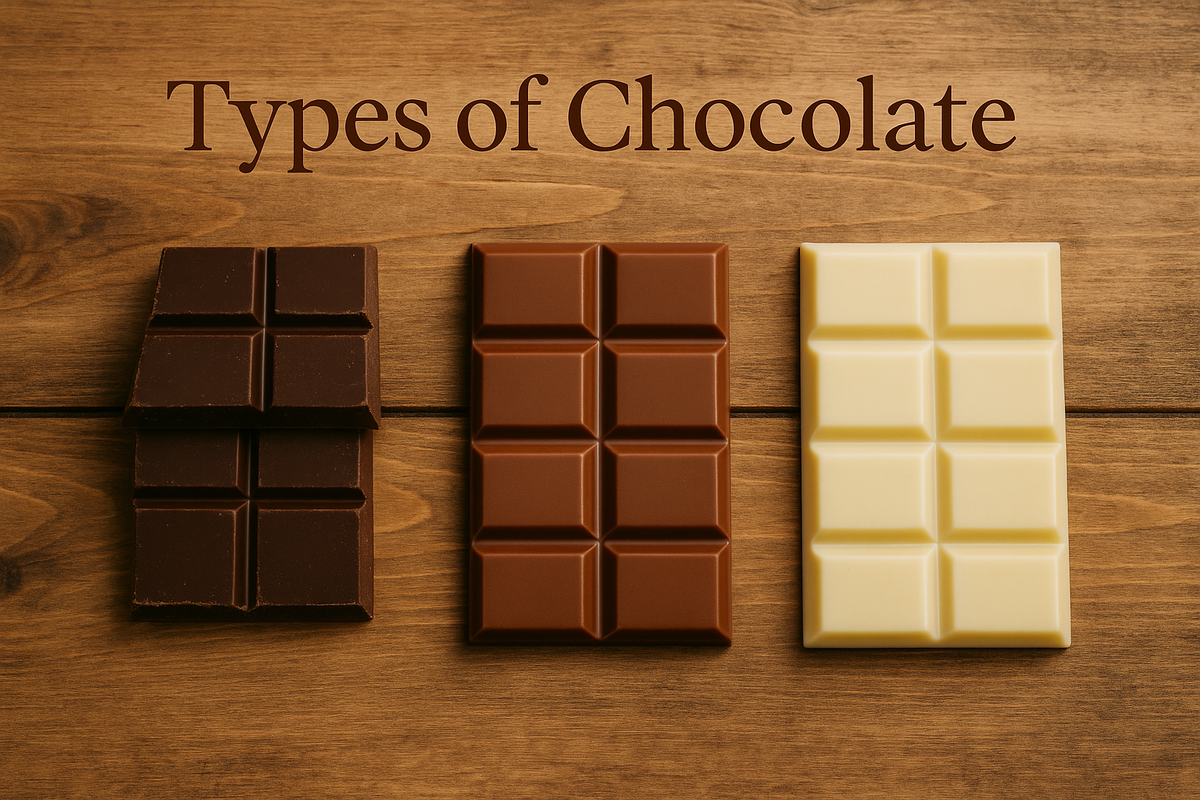
Chocolate is one of the world’s most beloved treats. From classic milk chocolate bars to gourmet dark cocoa truffles, there's a type of chocolate for everyone. But did you know there are several kinds of chocolate, each with its own taste, texture, and health benefits?
In this comprehensive guide, we’ll explore all the different types of chocolate, including traditional and modern varieties like sugar-free dark chocolate. Whether you're a casual snacker or a true chocoholic, get ready to expand your chocolate IQ. 🍬
🍫 1. Dark Chocolate
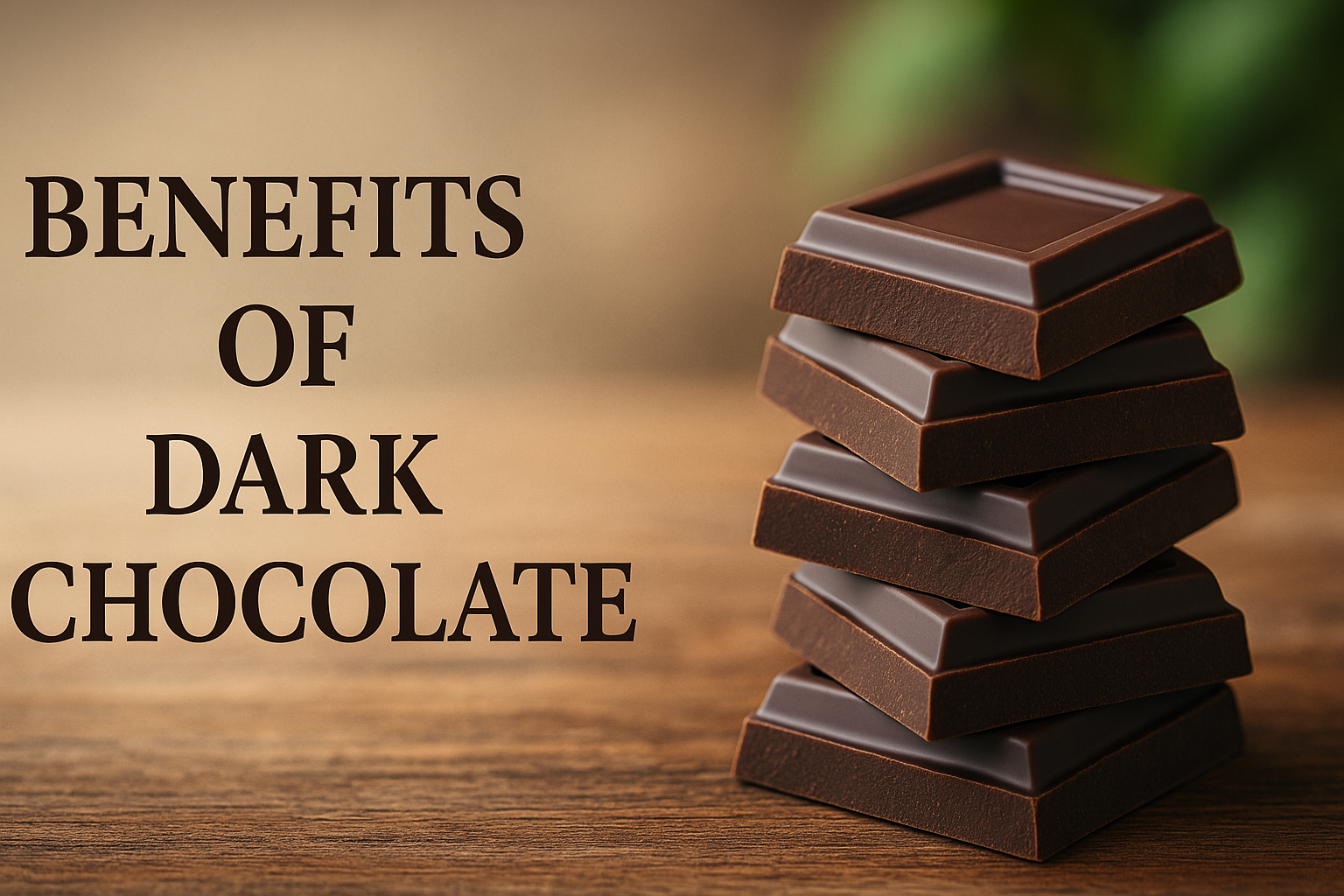
Let’s start with the king of cocoa — dark chocolate. Made from cocoa solids, cocoa butter, and little to no milk solids, dark chocolate is known for its intense flavor and rich texture. It usually contains 50% to 90% cocoa content, making it more bitter but more beneficial.
Dark chocolate is especially loved for its health perks. Studies have shown it can support heart health, brain function, and even skin health. You can learn more about the benefits of dark chocolate in detail here. 🧠❤️
Popular Uses:
- Gourmet desserts
- Baking (brownies, cakes, cookies)
- Dark truffles and high-end bars
Best For:
Those who want intense flavor and health benefits.
🍼 2. Milk Chocolate
This is the most commonly consumed type of chocolate. Milk chocolate is made by adding milk powder or condensed milk to the chocolate mixture, giving it a sweeter, creamier texture and lighter color. It generally has 10% to 50% cocoa content.
Popular Uses:
- Chocolate bars and candies
- Ice creams and milkshakes
- Coating for snacks like pretzels and nuts
Best For:
Those who prefer sweet and smooth chocolate experiences. 😋
🤍 3. White Chocolate
Technically, white chocolate isn't “true” chocolate because it doesn’t contain cocoa solids. Instead, it’s made from cocoa butter, sugar, and milk solids. It has a pale color, buttery texture, and a sweet vanilla-like flavor.
Popular Uses:
- Decorative toppings
- White chocolate chips
- Specialty confections
Best For:
People who enjoy sweet, creamy, and mild chocolate treats. 🍦
🌿 4. Sugar-Free Dark Chocolate
For those monitoring their sugar intake, sugar-free dark chocolate is a fantastic alternative. It contains all the powerful nutrients of regular dark chocolate but uses sugar substitutes like stevia or erythritol.
This makes it an excellent option for diabetics, fitness enthusiasts, or anyone seeking a healthier chocolate experience. 🏋️♂️
Popular Uses:
- Guilt-free snacking
- Low-carb desserts
- Diabetic-friendly sweets
Best For:
Health-conscious individuals and people with dietary restrictions. 🥗
🌶️ 5. Ruby Chocolate
Ruby chocolate is the newest innovation in the chocolate world. It has a natural pink color and a fruity, tangy flavor. It’s made from special ruby cocoa beans and doesn't contain any added colors or flavors.
Popular Uses:
- Luxury chocolates
- Gift boxes
- Valentine’s Day treats
Best For:
Adventurous foodies and those who love aesthetic food trends. 💖
🍯 6. Couverture Chocolate
This high-quality chocolate contains a high percentage of cocoa butter and is used mainly by professional chefs and chocolatiers. Couverture chocolate melts smoothly, making it ideal for tempering and coating.
Popular Uses:
- Chocolate dipping
- Molds and sculptures
- Glossy coatings
Best For:
Professionals and advanced home bakers. 👩🍳
🥜 7. Gianduja Chocolate
Originating from Italy, Gianduja is a smooth blend of chocolate and hazelnut paste. Think Nutella, but more refined and intense. It’s creamy, nutty, and totally irresistible.
Popular Uses:
- Spreads
- Chocolate bars
- Filled pralines
Best For:
Nuts and chocolate lovers. 🥰
🍫 How to Choose the Right Chocolate?
With so many types available, choosing the right chocolate depends on:
- 🍬 Your taste preference — sweet, bitter, or mild
- ❤️ Health goals — dark chocolate is the healthiest choice
- 💡 Usage — baking, snacking, gifting, or decoration
- 🚫 Dietary needs — choose sugar-free dark chocolate if needed
📦 Storing Chocolate Properly
To keep chocolate fresh and flavorful:
- Store in a cool, dry place (not the fridge!)
- Keep away from strong odors, as chocolate absorbs them
- Use airtight containers for opened packages
Proper storage ensures that the texture and flavor remain intact. 👍
📌 Fun Facts About Chocolate
- 🍫 Cacao was once used as currency in ancient civilizations.
- 🎁 Over 1 billion people worldwide eat chocolate every day.
- 🌍 Ivory Coast is the largest producer of cacao beans.
- 🧪 Chocolate contains over 300 naturally occurring chemicals.
🎯 Conclusion: There's a Chocolate for Everyone!
Whether you're indulging in a decadent dark bar, swirling white chocolate into your latte, or enjoying a guilt-free piece of sugar-free dark chocolate, there's a chocolate out there to satisfy your cravings and meet your dietary needs.
Each type of chocolate offers a unique flavor profile and purpose — and now that you're armed with this sweet knowledge, you can enjoy your favorite treat even more! 🍭
✍️ Written by a chocolate lover, food blogger, and nutrition researcher.
🔗 Also read: Benefits of Dark Chocolate

